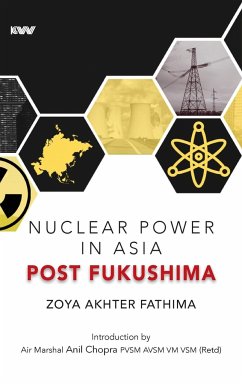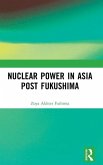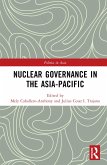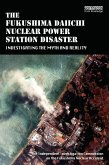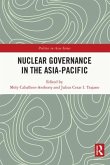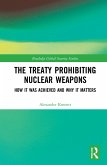A decade ago, the 2011 Fukushima nuclear disaster led many to believe that the nuclear era was coming to an end. About ten years since, Asia is leading the global nuclear sector. Contributing to two-thirds of the global construction of reactors and exhibiting its technical prowess in the nuclear research and development arena, the future of nuclear power in Asia appears to be on a positive trajectory. This development is driven by a mix of urgent necessity, aided by the realisation that benefits offered by nuclear power are not just environmental in character but also offers economic and strategic advantages. In this context, the book examines the energy trends and the current state of nuclear power in the Asian continent and endeavours to answer the much-deliberated question of whether Asia is witnessing a nuclear renaissance again. To address this question, the book explores the policy responses by Asian countries to the Fukushima disaster. It attempts to map the future trajectory of nuclear power in Asia and tries to identify the factors that may accelerate or limit its growth.
Hinweis: Dieser Artikel kann nur an eine deutsche Lieferadresse ausgeliefert werden.
Hinweis: Dieser Artikel kann nur an eine deutsche Lieferadresse ausgeliefert werden.

